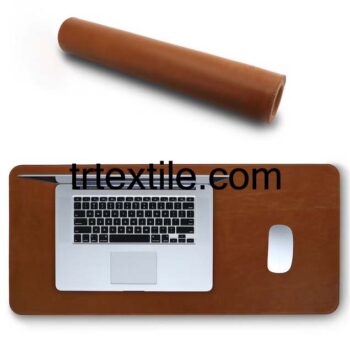Mouse pad mats are essential accessories for computer users who need a smooth and comfortable surface for their mouse to glide on. These mats are typically made from a variety of materials, including rubber, cloth, and foam, and can be customized with a wide range of designs and colors. In this article, we will take a closer look at the production process of mouse pad mats, from the initial design stage to the final product.
The first step in producing a mouse pad mat is designing the artwork that will be printed on the surface. This can be done in-house by a graphic designer or outsourced to a professional design firm. The artwork can include company logos, images, and text, and should be optimized for printing on the chosen material.
Once the artwork is finalized, the next step is to prepare the material that will be used for the mouse pad mat. Rubber is a common choice for mouse pad mats due to its durability and flexibility. The rubber is typically sourced from a supplier in large rolls and then cut to size for the mouse pad mats. The rubber can also be textured or embossed to improve the grip of the mouse on the surface.
After the rubber has been cut to size, it is time to apply the artwork to the surface of the mouse pad mat. This is typically done using a process called sublimation printing, which involves transferring the artwork onto the rubber using heat and pressure. The sublimation printing process ensures that the artwork is durable and will not fade or peel off over time.
Once the artwork has been applied, the mouse pad mat is ready for finishing touches. This can include adding a non-slip backing to the mat to prevent it from sliding around on the desk, or adding a stitched edge to improve the durability of the mat. These finishing touches can be done manually or using automated machinery, depending on the scale of production.
Finally, the mouse pad mat is packaged and prepared for shipping to customers. The mats are typically packed in individual plastic sleeves to protect them during transit and storage. Larger orders may be packed in boxes or pallets for shipping to retailers or distributors.
In conclusion, the production of mouse pad mats involves a number of steps, from designing the artwork to preparing the material, printing the artwork, adding finishing touches, and packaging the final product. By following a systematic production process, manufacturers can ensure that their mouse pad mats are of high quality and meet the needs of their customers.




